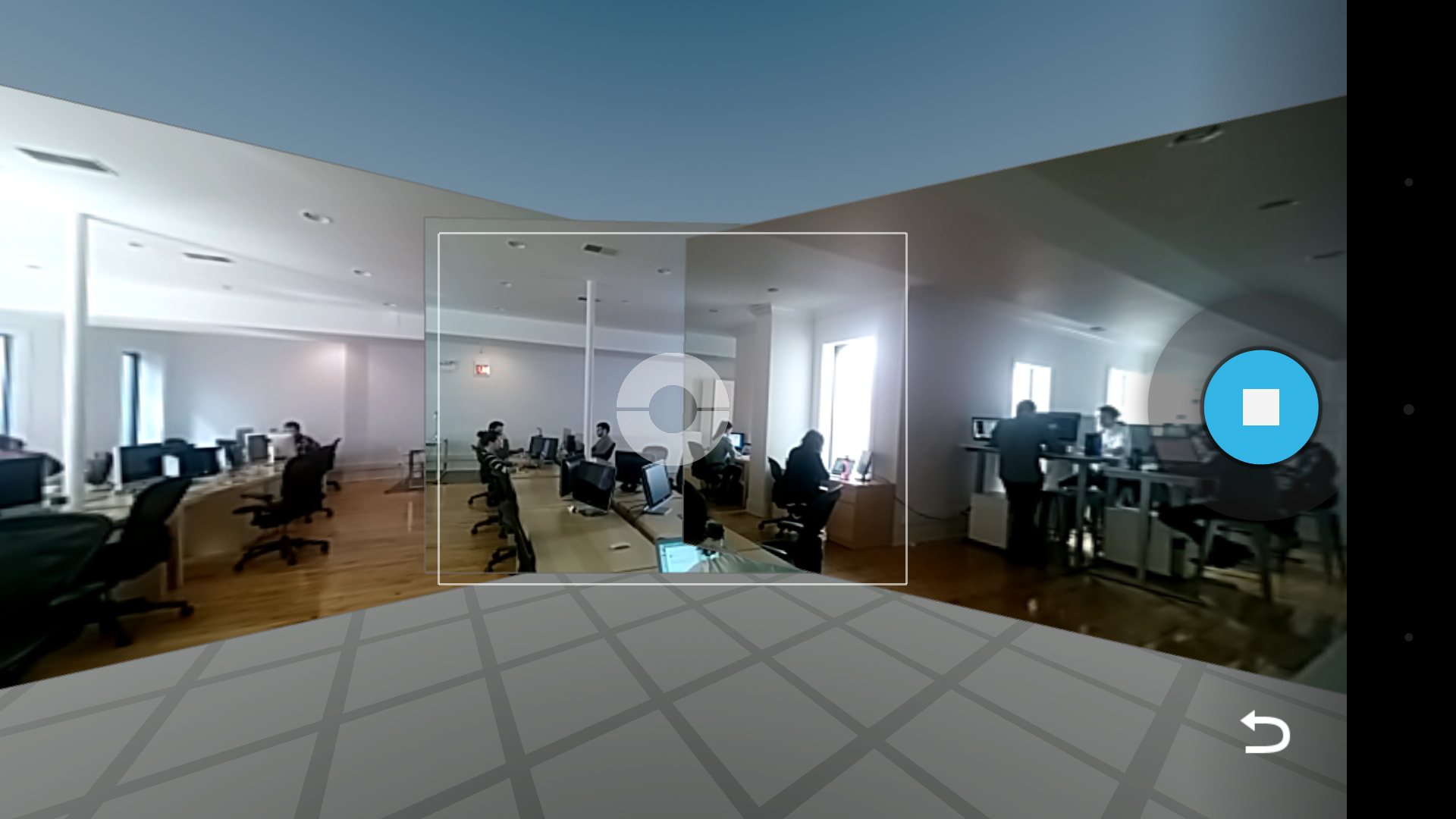
- 2 Min Read / Blog / 3.2.2020

With the release of Android 4.2 Jelly Bean came many new features and improvements over Android 4.1 Ice Cream Sandwich. Some are under the hood (a continuation of Project Butter’s performance tuning), while others are instantly noticeable (a swipe-enabled keyboard). A feature that was surprisingly way under-hyped is Photo Sphere, which is now available on all Android devices running 4.2.
Photo Sphere gives users the ability to take a 360º “panorama” view. However, unlike a traditional panorama that only captures a horizontal strip, a Photo Sphere includes what is above and below the usual viewing angle as well. The result is an interactive snapshot, with functionality similar to Google Maps’ street view feature, at the users fingertips.
Giving users the capability to capture such an immersive shot with a smartphone is an impressive innovation. It used to require specialty equipment and software to take a spherical panorama view, not to mention the time and skill it would take to compose. Now, millions of users can access Photo Sphere on a device that’s always within reach, and with that comes the power to catch and share an experience at a moments notice.
Capturing a Photo Sphere is simple:
It’s worth noting that objects closer to the camera have a higher chance of being stitched together incorrectly. Photo Sphere works best on objects or subjects at least 10 feet away, and stationary targets are less likely to cause issues.
With a completely open format based on Adobe’s XMP file format, there will without a doubt be some great apps built around incorporating Photo Sphere hitting Google Play and other platforms in the future. If you want to dig into the Android api, check out the ‘panorama’ package and the Google Play Services v2.0 library.